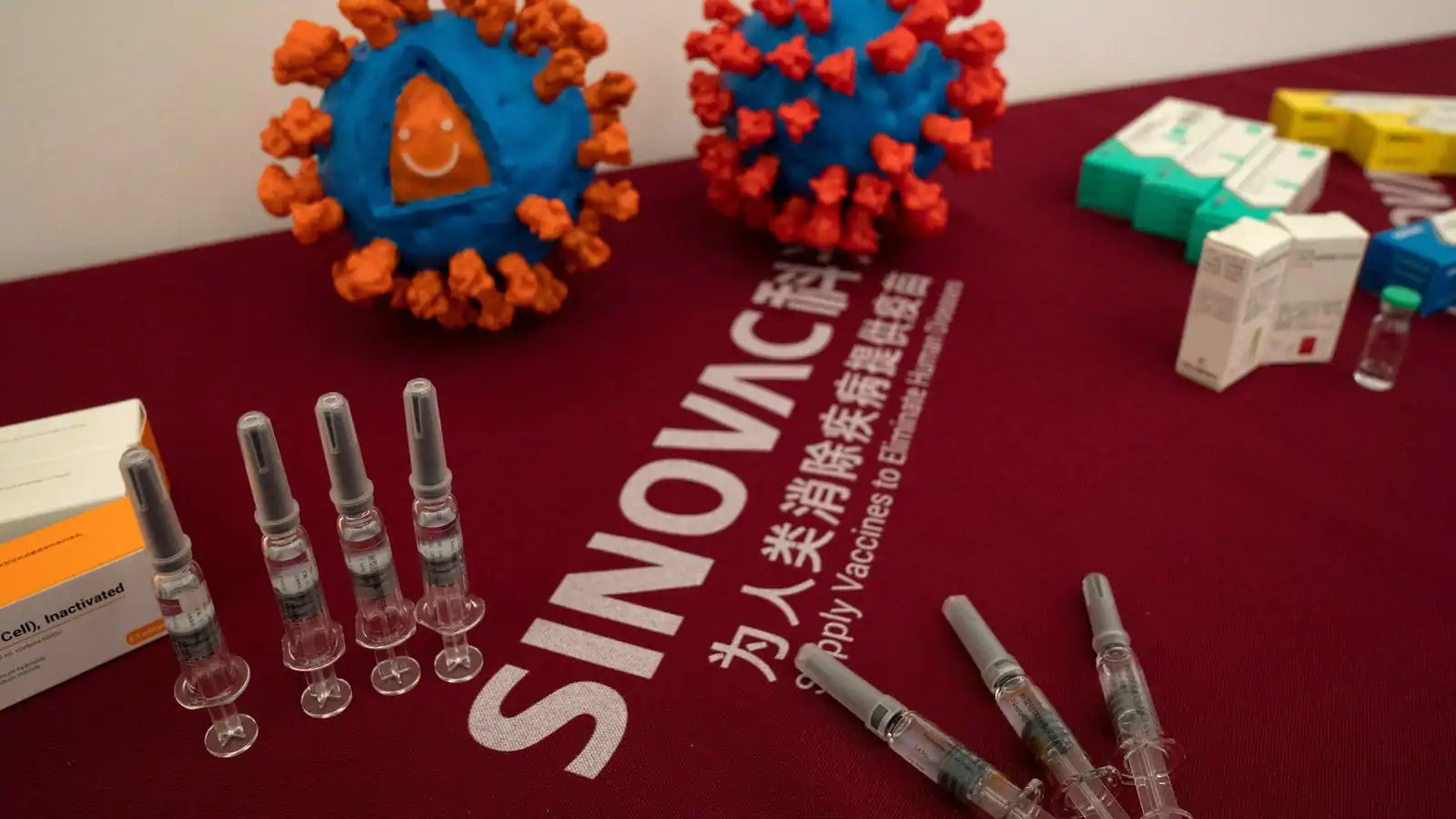RIO DE JANEIRO, BRAZIL – Turkey announced that the CoronaVac vaccine was over 90% effective in a late-stage trial. These are the first results on the efficiency of the vaccine developed by Chinese Sinovac pharmaceutical company, which has a partnership with the Butantan Institute.
São Paulo Health Secretary says the CoronaVac vaccine tested in Brazil has not reached 90% efficacy, and that this was expected, but he does not have full data due to confidentiality requirements.

The Turkish data have not been published in any scientific journal. Professor Serhat Ünal, member of the Turkish Scientific Committee, disclosed that the CoronoVac’s efficacy rate reached 91.25% in preliminary phase 3 trials in the country. In Turkey, 1,322 volunteers are involved in these trials.
The researcher stated that out of 29 patients infected with the coronavirus, 26 were in the placebo group, that is, the majority of those who fell ill had not been administered the immunizer.
According to Reuters news agency, interim data from a late-stage trial in Turkey point out a potentially much better result than reported from a separate trial of the vaccine in Brazil.
On Wednesday, December 23rd, in São Paulo, Butantan Institute director Dimas Covas did not disclose the efficacy rate of the CoronaVac trials in Brazil, but said it exceeds the minimum accepted by the World Health Organization for vaccines against Covid, which is 50%.
“We have reached the efficacy threshold that enables the process of applying for its emergency use, be it here in Brazil or in China,” said Dimas Covas.
Experts were both surprised and cautious with the news from Turkey, given that it is preliminary data and based on a low number of infected volunteers.
“They reported 29 cases and this is indeed very early to tell us anything at this point, when compared, for instance, with other clinical trials involving 150, 160 cases. We would need to examine the data and also wait until we have more cases for it to really be an interim study. Within what I know of the inactivated virus vaccine, I would not expect an efficacy higher than 90%. Surely I would expect lower efficacy,” said Denise Garret, epidemiologist and researcher, vice president of the Sabin Vaccine Institute.
In an interview, São Paulo Health Secretary Jean Gorinchteyn said that the efficacy level of Sinovac trials in Brazil might have fallen below 90%, but stressed that this was expected.
“For instance, the flu vaccine has a protection variation, depending on each age group, ranging from 40% to 80% in certain groups. So, we knew that efficacy would never reach 90%,” said the Secretary.
“We don’t have this data due to a matter of absolute documental confidentiality by the Butantan Institute. They have a confidentiality clause between the parties. But it didn’t reach 90% and, despite not having reached this level, lower values above 50%, be it 60%, 70% or 80%, are levels that enable to reduce the impact of the disease in our population,” he added.
Much awaited, in the case of the CoronaVac, for the vaccine produced by the Butantan to be authorized by ANVISA (National Health Regulatory Agency), the efficacy rate is one of the terms that became part of the world’s vocabulary with this pandemic.
“The efficacy rate refers to the percentage of people who are protected in the vaccinated group compared to a control group, which is commonly the group we refer to as placebo,” explains Flávio Guimarães, virologist of the Microbiology Department of UFMG (Federal University of Minas Gerais).
Using the defined efficacy rate, health authorities will estimate another significant figure: how many people will need to be vaccinated to contain the pandemic.
“For instance, if we have a 95% efficacy, we can estimate a 70% vaccination coverage rate for the disease. If we have a lower efficacy, around 50%, 60%, this means that we will need to immunize a lot more people. So, our goal should be between 90% and 100%”, says epidemiologist Carla Domingues.
The efficacy rate is the last data needed to apply for the final registration or the emergency use of the CoronaVac. To this end, phase 3 trials should be documented and officially submitted to regulatory agencies such as ANVISA. This is the case with vaccines against Covid and it was also true for all vaccines that have freed mankind from serious diseases.
“Vaccination involves two aspects, the collective and the individual. The individual who is vaccinating is focused on the individual aspect, they want to protect themselves from a disease. But a vaccination campaign is, first and foremost, a collective public health pact. What happens is that a vaccinated individual, by not becoming infected, ceases to be a transmitter of that disease and contributes for this disease not to spread. And, each one of us is part of this contribution, so this collective aspect of a vaccination campaign is present. That’s why adherence is so important,” says Flávio Guimarães.

